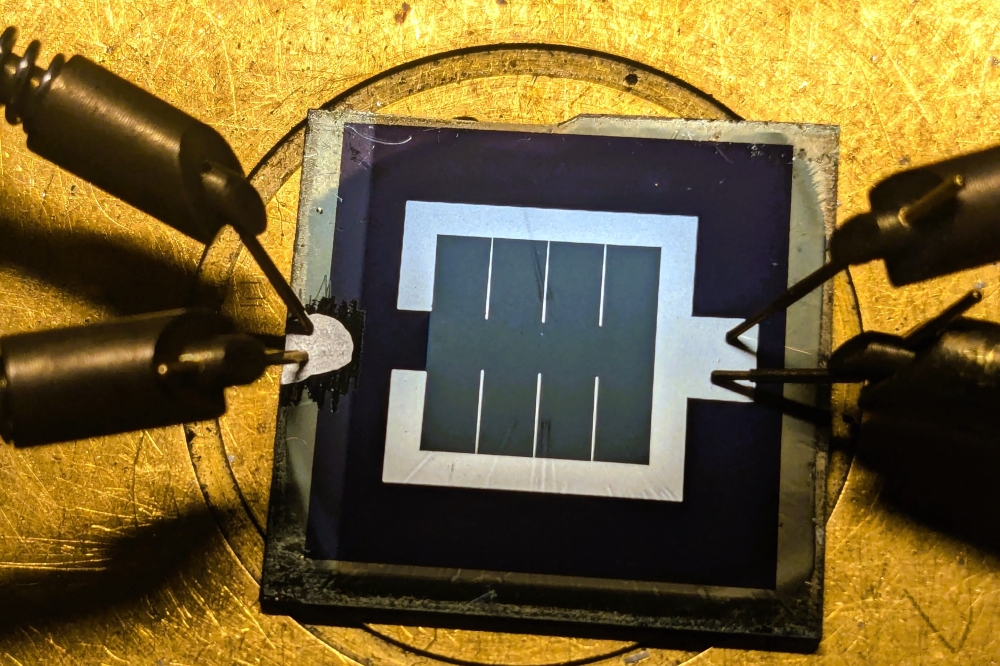Little Box Challenge inverters arrive at NREL
![]()
18 finalist teams for the Little Box Challenge, presented by Google and the IEEE Power Electronics Society, have converged at the US Energy Department's National Renewable Energy Laboratory (NREL) to have their power inverters tested as part of a $1 million competition to build smaller devices for use in solar power systems.
The competition was announced in July 2014. The winning device will be the one that achieves the highest power density (plus a list of other specifications) while undergoing testing for 100 hours. Wide bandgap semiconductors such as GaN and SiC are the technologies expected to achieve the power densities required. Wide bandgap suppliers Cree, EPC, GaN systems, Monolith Semiconductor, NXP, Rohm, Transphorm, and USCi have supported the competition.
"We're very curious to see how the teams are tackling the different challenges that are inherent in trying to make inverter technology smaller and to see the performance of the final prototypes," NREL Research Electrical Engineer Blake Lundstrom said. "The creativity and enthusiasm the teams bring to the competition is exciting and we hope some of the technical solutions will have long-term applications."
More than 100 teams submitted technical approach documents and testing applications. On Oct. 21, each of the 18 finalists brought their inverters to the Energy Systems Integration Facility (ESIF) on the NREL campus in Golden, Colorado, to begin testing and evaluation. The day also included each team describing the highlights of its design and lessons learned to a team of researchers and engineers from Google, IEEE, NREL, and others in the power electronics industry.
NREL researchers have collaborated with Google and IEEE to assist in designing the specifications and evaluation methodology for the prototype inverters; each inverter's efficiency and performance will be evaluated using the same set of typical operating conditions spanning 100 hours. Each inverter must be able to meet most of the same specifications required of inverters already available commercially.
The test results will help Google and IEEE decide the winner of the $1 million prize. To be successful, teams will have designed and built a residential-scale inverter with the highest power density - at least 50 watts per cubic inch. Currently, inverters are about the size of a picnic cooler and Google would like to see the technology shrink to the size of a small laptop computer, or smaller. Shrinking the inverter by 10 times or more and making it cheaper to produce and install would enable more solar-powered homes, more efficient distribution grids, and help bring electricity to remote areas.
The grand prize winner will be announced sometime in early 2016.
ESIF is the newest US Energy Department user facility. It is focused on integration of clean energy resources into the electric grid at utility scale. At ESIF, NREL offers industry partners have access to state-of-the art lab space and a team of specialised scientists and engineers.


































